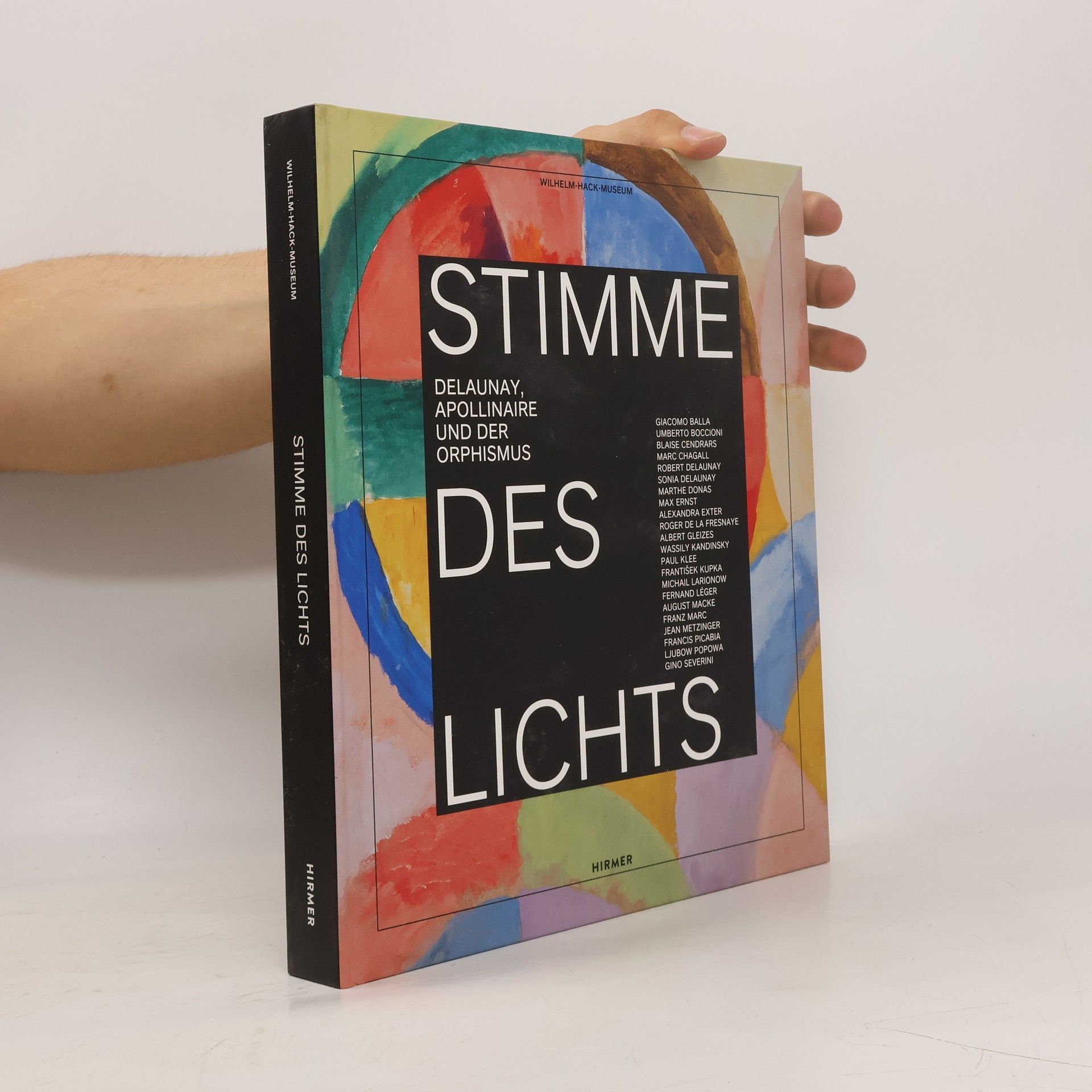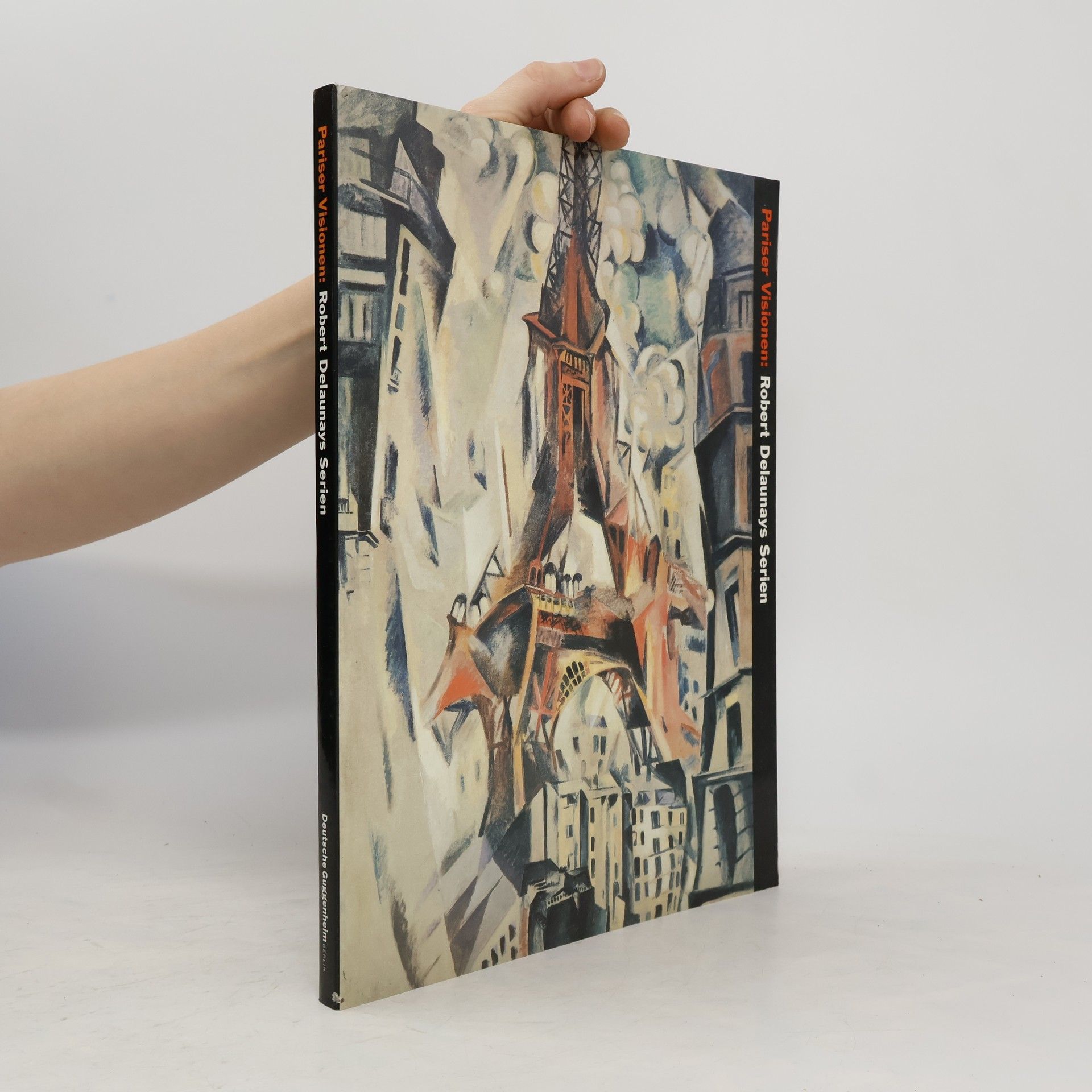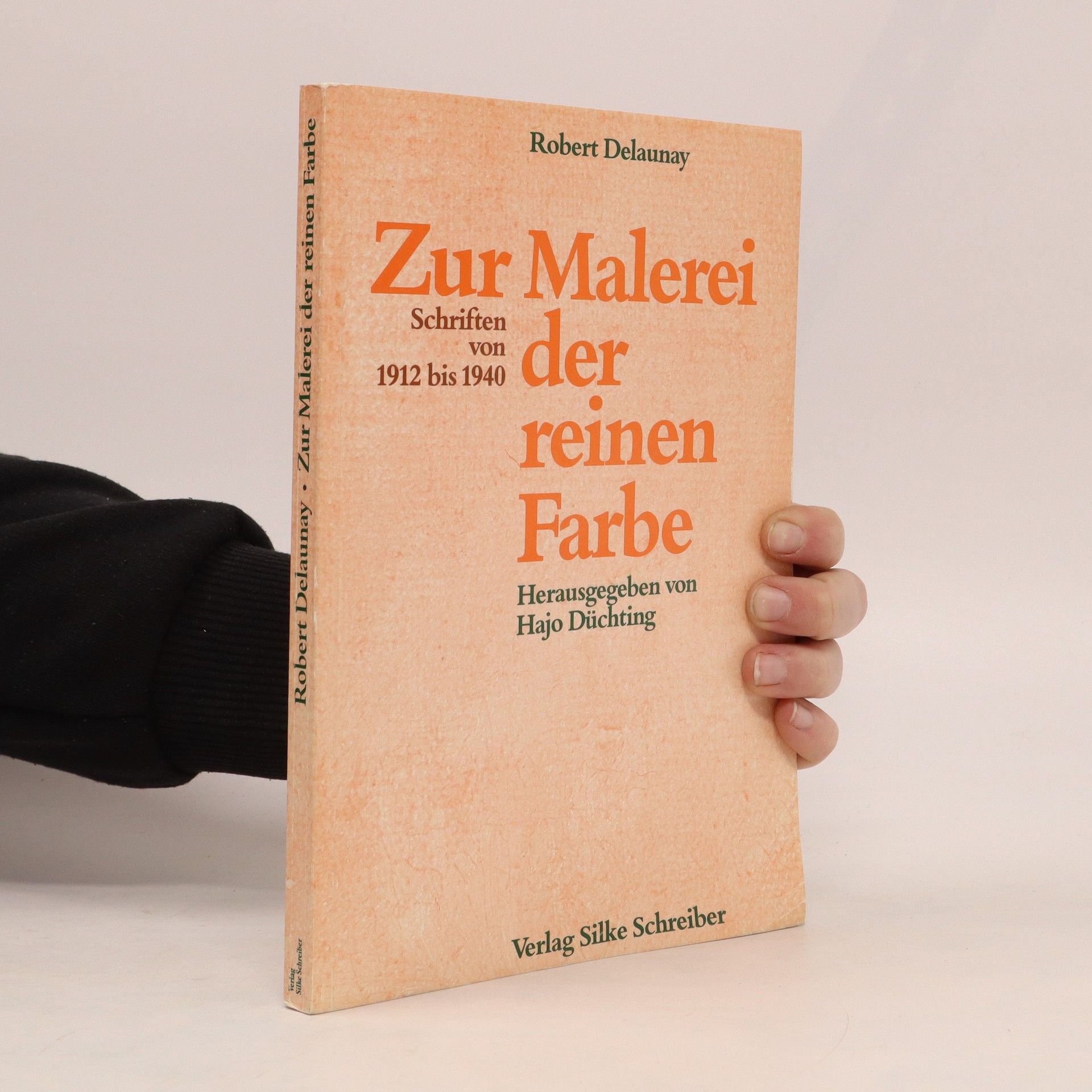Robert Delaunay Bücher






Robert Delaunay (1885-1941), French painter who cofounded the Ophism movement adding vibrant color to the geometry of Cubism.
Unsere Kalender sind auf umweltfreundlichem Papier gedruckt und vom FSC zertifiziert. 16-Monats-Kalender mit internationalen Feiertagen und den Feiertagen der wichtigsten Weltreligionen. Broschürenkalender - Fine Arts 30x30 cm (geöffnet 30x60 cm)
Stimme des Lichts - Delaunay, Apollinaire und der Orphismus
- 287 Seiten
- 11 Lesestunden
Mit der Suche nach einer reinen Malerei ebnete die Kunstrichtung des Orphismus in den 1910er-Jahren den Weg in die Abstraktion. Die Publikation stellt Ursprünge und Einflüsse sowie die hohe Bedeutung dieser Keimzelle der Abstraktion für die Entwicklung der modernen Kunst erstmals umfassend vor. Mit »Licht«, »Farbe«, »Form« und »Simultanität« thematisiert sie zentrale Aspekte der orphischen Ästhetik. Inspiriert von den Werken Robert Delaunays entwickelte Guillaume Apollinaire im Jahr 1912 aus einer Analyse des Kubismus den Begriff des Orphismus. Er sah darin eine neue Tendenz der modernen Malerei. Sie basierte auf Kombinationen von Elementen, die nicht der visuellen Wirklichkeit entlehnt, sondern gänzlich vom Maler erschaffen wurden. Apollinaire beschrieb damit als einer der Ersten eine vollkommen abstrakte Kunst. Der Katalog stellt diese Frühgeschichte der Abstraktion vor: Über 120 Abbildungen zeigen bedeutende Werke der Avantgarde u. a. von Sonia und Robert Delaunay, Wassily Kandinsky, Paul Klee, František Kupka, Fernand Léger, August Macke und Francis Picabia. Mit Werken von Giacomo Balla Umberto Boccioni Blaise Cendrars Marc Chagall Robert Delaunay Sonia Delaunay-Terk Marthe Donas Max Ernst Alexandra Exter Roger de la Fresnaye Albert Gleizes Wassily Kandinsky Paul Klee František Kupka Fernand Léger August Macke Franz Marc Jean Metzinger Francis Picabia Ljubow Popowa Gino Severini
Zur Malerei der reinen Farbe
Schriften 1912-1940
Die Malerei von Robert Delaunay (1885-1941) zeigt eine neuartige Bildsprache, die von Apollinaire „Orphismus“ genannt wurde, und die großen Einfluß auf viele Zeitgenossen hatte. In seinen Schriften hat sich Delaunay über die Bedeutung seiner Malerei und ihre Anwendungsmöglichkeiten in der Architektur, der Wandgestaltung und den angewandten Künsten geäußert. Gleichzeitig setzt er sich ironisch bis polemisch mit der Malerei seiner Zeit auseinander. Die zum ersten Mal in deutscher Übersetzung vorliegenden Schriften dokumentieren gleichzeitig einen wichtigen Beitrag zur Entwicklung der abstrakten Malerei.
Savages, Romans, and Despots
- 272 Seiten
- 10 Lesestunden
From the sixteenth to the eighteenth centuries, Europeans struggled to understand their identity in the same way we do as individuals: by comparing themselves to others. In Savages, Romans, and Despots, Robert Launay takes us on a fascinating tour of early modern and modern history in an attempt to untangle how various depictions of “foreign” cultures and civilizations saturated debates about religion, morality, politics, and art. Beginning with Mandeville and Montaigne, and working through Montesquieu, Diderot, Gibbon, Herder, and others, Launay traces how Europeans both admired and disdained unfamiliar societies in their attempts to work through the inner conflicts of their own social worlds. Some of these writers drew caricatures of “savages,” “Oriental despots,” and “ancient” Greeks and Romans. Others earnestly attempted to understand them. But, throughout this history, comparative thinking opened a space for critical reflection. At its worst, such space could give rise to a sense of European superiority. At its best, however, it could prompt awareness of the value of other ways of being in the world. Launay’s masterful survey of some of the Western tradition’s finest minds offers a keen exploration of the genesis of the notion of “civilization,” as well as an engaging portrait of the promises and perils of cross-cultural comparison.
Robert Delaunay and The City of Lights will recognize Delaunay’s unwavering commitment to color in painting to convey form, depth, light and movement, while highlighting how the modern metropolis of Paris often provided the inspiration for his imagery and pictorial research. In addition to presenting works from of his most famous series of paintings, such as that of the Eiffel Tower, the book also includes portraits Delaunay made of his artistic milieu during the 1920s. Portraits of the poets Philippe Soupault, Tristan Tzara, and several fashionable socialites, wearing ensembles designed by the artist Sonia Terk-Delaunay, are shown. The newly commissioned texts allow the reader to experience the wide-ranging and prescient nature of Robert Delaunay’s work – exploring the significant themes of movement, technology, sport, and advertising that were to preoccupy him throughout his career.

